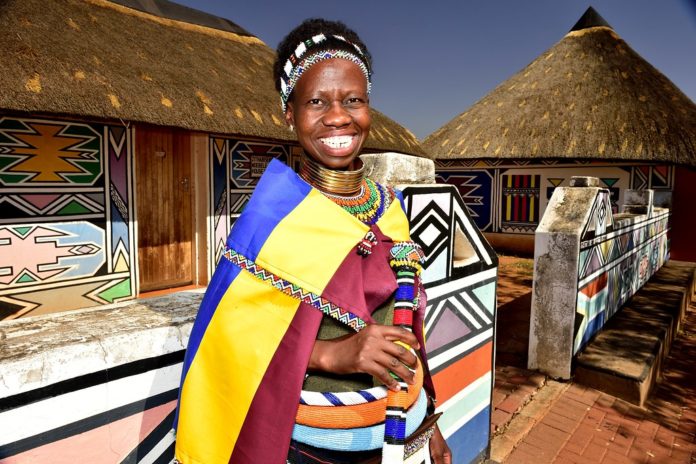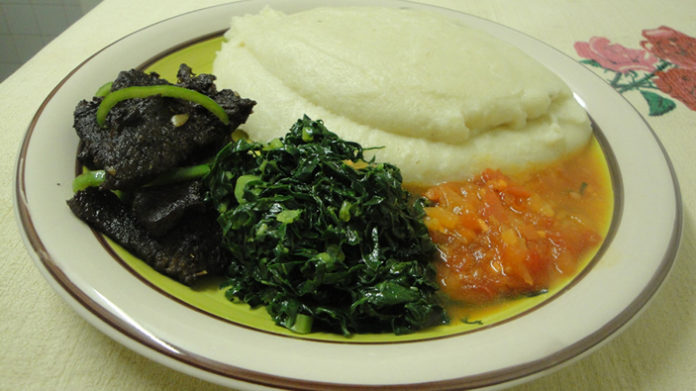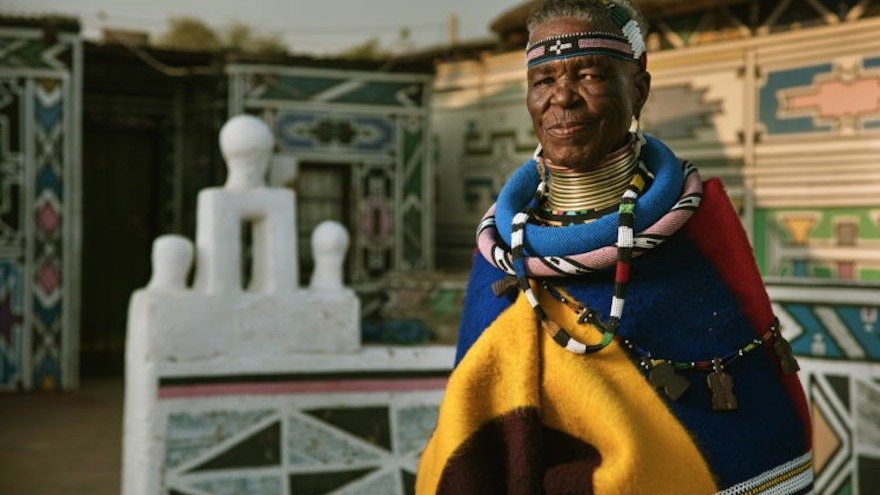Did you know that the Ndebele tribe also regarded as the amaNdebele or the Matabele are part of the larger Bantu tribe? Although the origin of the southern African Ndebele people is shrouded in mystery, they are however considered as one of the Nguni ethnic group, and to some extent, the Ndebele tribe is regarded as a branch of the Zulu’s who split from King Shaka under the leadership of Mzilikazi. However, over time and due to some serious internal conflicts, the tribe has further been divided into two groups – the northern Ndebele and the southern Ndebele and each group stays in their respective locations of north and south in Zimbabwe and South Africa.
See Also: Venda People, Culture, and Language
Moreover, the majority of the Ndebele tribe relocated to Zimbabwe while others stayed in South Africa in an area that came to be renowned as the Kwandebele. The Ndebele population in South Africa is mainly in rural areas and constitutes a very small percentage of the country’s population. Nevertheless, even after extensive transition and assimilation of the Ndebele tribe, we can still identify the Ndebele culture, tribe, and language in a distinct manner which we shall characterize and describe in this article.
Classification of Ndebele Tribe

Ndebele Language
The isiNdebele language has lots of variations and is one of the Nguni languages groups which constitutes the language that cuts across all of the Ndebele tribes. This language is a language of tone governed by someone who dominates the sentence. A number of people in southern Africa can speak Ndebele. However, there exist the Ndebele tribes of Zimbabwe and Botswana who speak the same language with a different name. Although the Ndebele language is generally only spoken among the people of Ndebele culture, a number of the southern Ndebele speak Northern Sotho since this language is more adaptable and seems more useful than the other language group of the people of Ndebele.
Ndebele Culture

The Ndebele culture has a strong patriarchal attitude as the Ndebele communities practices polygamy with women according lots of respect to their men and particularly their parents-in-law. The Ndebele communities practice the rite of passage and initiation ceremonies such as the male initiation to mark the childhood right of passage. The Ndebele also has a girl initiation procedure in which isikhethu is enunciated through decorative beads and clothing. This takes place during puberty.
During the wedding ceremony, the female participant also dresses in elaborate ceremonial clothing to grace the occasion. Actually, the Ndebele culture is exhibited from relationships to their beliefs and practices. More so, over the years the Ndebele have been known to decorate their homes with great designs and finger paintings.
Ndebele’s Traditional Attire
Beads and other ornaments are sure accessories to any Ndebele attire. When it comes to attire the women’s wears say it all. An Ndebele woman has an attire for her status in the society. For instance, when married, an Ndebele woman in the olden days would wear brass rings around her arms, legs, and neck; this showed her faithfulness to her husband.
She would also wear isigolwani – a neck hoop made of grass covered in beads for occasions.
A newly married Ndebele woman wears an ijogolo – a five-fingered apron to mark the birth of her first child. Asides from the Ijogolo, there is Nguba -a marriage blanket, which is worn throughout her lifetime. The blanket is designed with different kinds of beads to signify different events in her life including her son’s transition to adulthood, death of her child, etc.
Ndebele Arts Pattern & Houses
The most beautiful paintings and pattern can be found in Ndebele. Houses in Ndebele are designed with bright colors and beautiful patterns.
The patterns which are very unique, have gone as far as drawing the attention many tribes within and even outside Southern Africa. Today, patterns from Ndebele are replicated in African arts and design. You also find Ndebele paintings in museums. Ndebele patterns are also a form of communication as they represent feelings and emotions.
Ndebele Food

For the Ndebeles, corn is a staple food. The major Ndebele dishes are made from corn and other ingredients or condiments. Generally, they eat corn and sorghum milk as their food. Maize cereals (isitshwala) have been known to be a favorite for the people.
Ndebele which is surrounded by grasslands has a variety of proceeds stemming from its environment. Ndebeles are also good rearers of cattle which provides them with milk for various kinds of foods like isathiyane (fresh milk porridge). They also eat different kinds of wild fruits like sigangatsha, umviyo, umkhemeswana, umdlawuzo, and many others.
See Also:
Sotho People, Language, and Culture
Xhosa Culture, Tradition and Dance


